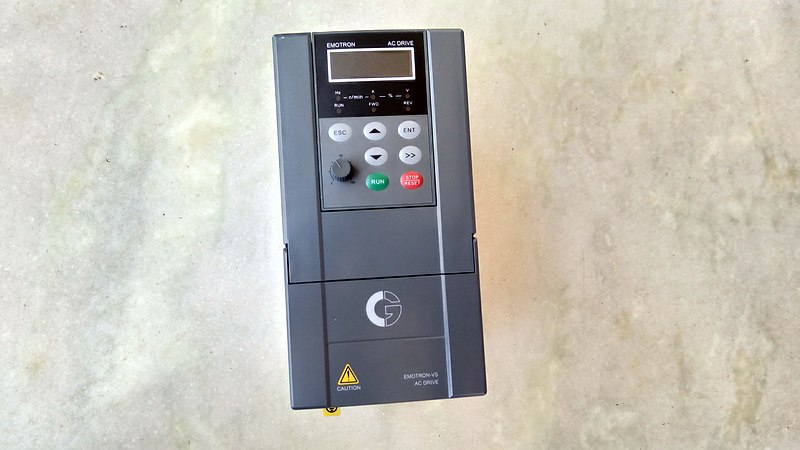Techssocial | A Variable Frequency Drive (VFD) is an essential component of an electric motor. It has various applications and is widely used by professionals across the globe for operating their motors.
Let us understand what a variable frequency drive is before getting into more VFD fundamentals.
Table of Contents
What Is A VFD?
Variable Frequency Drive (VFD) is a motor controller used for driving an electric motor by varying the frequency and voltage of the input current provided to the motor. The drive is commonly known by many times like variable speed drive, adjustable drive, AC drive, microdrive, adjustable frequency drive, and inverter.
In the case of a variable frequency drive, the frequency is directly proportionate to the speed of the motor (measured in RPMs). This implies that the motor will be faster with a faster frequency and vice versa.
There may be situations where the motor of an appliance is not required to be running at full speed. In such cases, VFDs are used for bringing down the speed of the motor by lowering the frequency and voltage supplied to the same. Similarly, if there is a need to increase the motor speed of an appliance, a VFD can be used for increasing the frequency and voltage for bringing about the desired change.
This way, a variable frequency drive can be used for meeting the varying requirements of an electric motor efficiently.
How Does A VFD Work?
The VFD working principle is divided into different stages where different components of the drive function in clockwork. The first of the working of VFD is that of a converter.
The converter in a VFD contains six diodes that function like valves in a plumbing system. These diodes allow the input current to flow in a single direction. For the current to flow, one valve closes and the other opens. This way, there are six current pulses for an input current to pass.
Now, the capacitor of a VFD converts the incoming current into a smooth DC voltage. It works like a reservoir or accumulator in a plumbing system. With the help of the capacitor, the voltage can be altered based on the incoming AC line. The diode bridge converter used for converting AC to DC is called a converter.
On the other hand, the converter turning DC into AC is called an inverter. On closing one of the top switches of an inverter, the voltage on that phase becomes positive. On closing one of the bottom switches of the inverter, the voltage on that phase turns negative.
This way, you can generate the required amount of frequency by turning charges on different phased connected to the inverter to positive, negative, or zero.
Important VFD Programming Tips
Once you have purchased a new VFD, it is important to program it the right way to extract the best performance out of the same.
Here are some of the most basic yet highly important tips for programming your variable frequency drive:
Noting The Most Important Information
Before anything else, it is always advisable to focus on the motor nameplate and note down the following information important for the working of your VFD:
- Motor Rated Voltage
- Motor Rated RPM (Number of Poles)
- Motor Rated Current (Amps/FLA/FLC) at the given voltage
- Cycles or Frequency (according to the design)
- Motor Rates Cosine Phi
Once you note this information, feed the same into the VFD parameters. Make sure that you read the manual and locate the said parameters for every item mentioned above. This will help you confirm that the information is in sync with that of the factory default parameter or if it is altered for the specific motor.
Getting Used To The Keypad Navigation
It is extremely important to get familiar with keypad navigation for better VFD programming. Always make sure that you obtain a thorough understanding of how the navigation, parameter numbers, and LED indicators are found, opened, changed, and saved using the keypad.
You can always refer to the user manuals or take the help of VFD professionals for understanding the system better.
By using the up and down keys of the keypad, you can alter the frequency of the motor according to your specific requirements. If your variable frequency drive has a knob-style potentiometer, you will need to change a “Frequency Control Source” parameter for activating the device in order to change its frequency.
It is important to be very precise and careful while programming your VFDs. The smallest errors and irregularities can have lasting implications on your motor and your appliance.
In case there is an issue in the working of your drive, it is always advisable to seek reliable VFD repair services as soon as possible. Taking an expert’s help would make you understand the problem and help you resolve it before getting worse.
Hemant is Digital Marketer and he has 6 + years of experience in SEO, Content marketing, Infographic etc.
